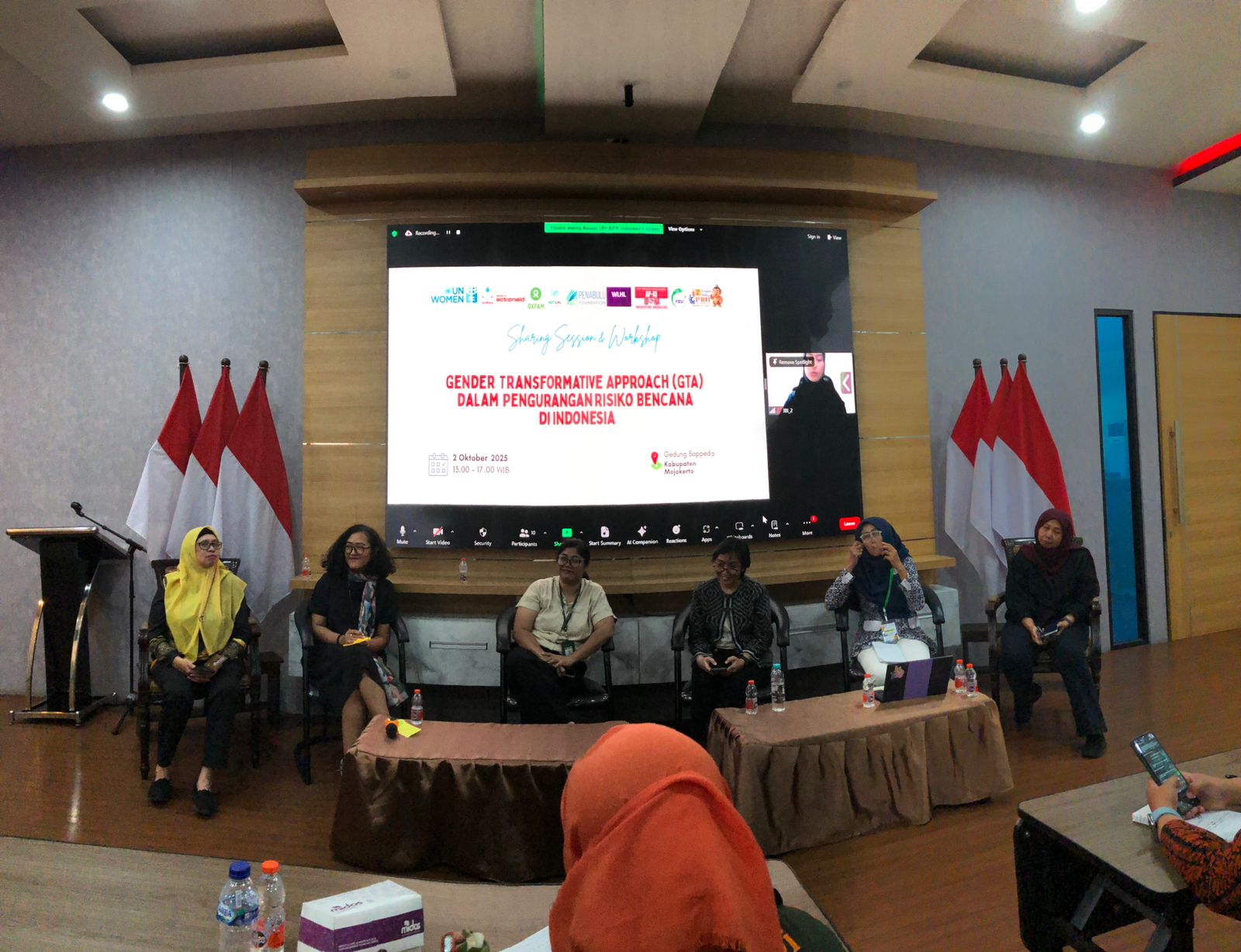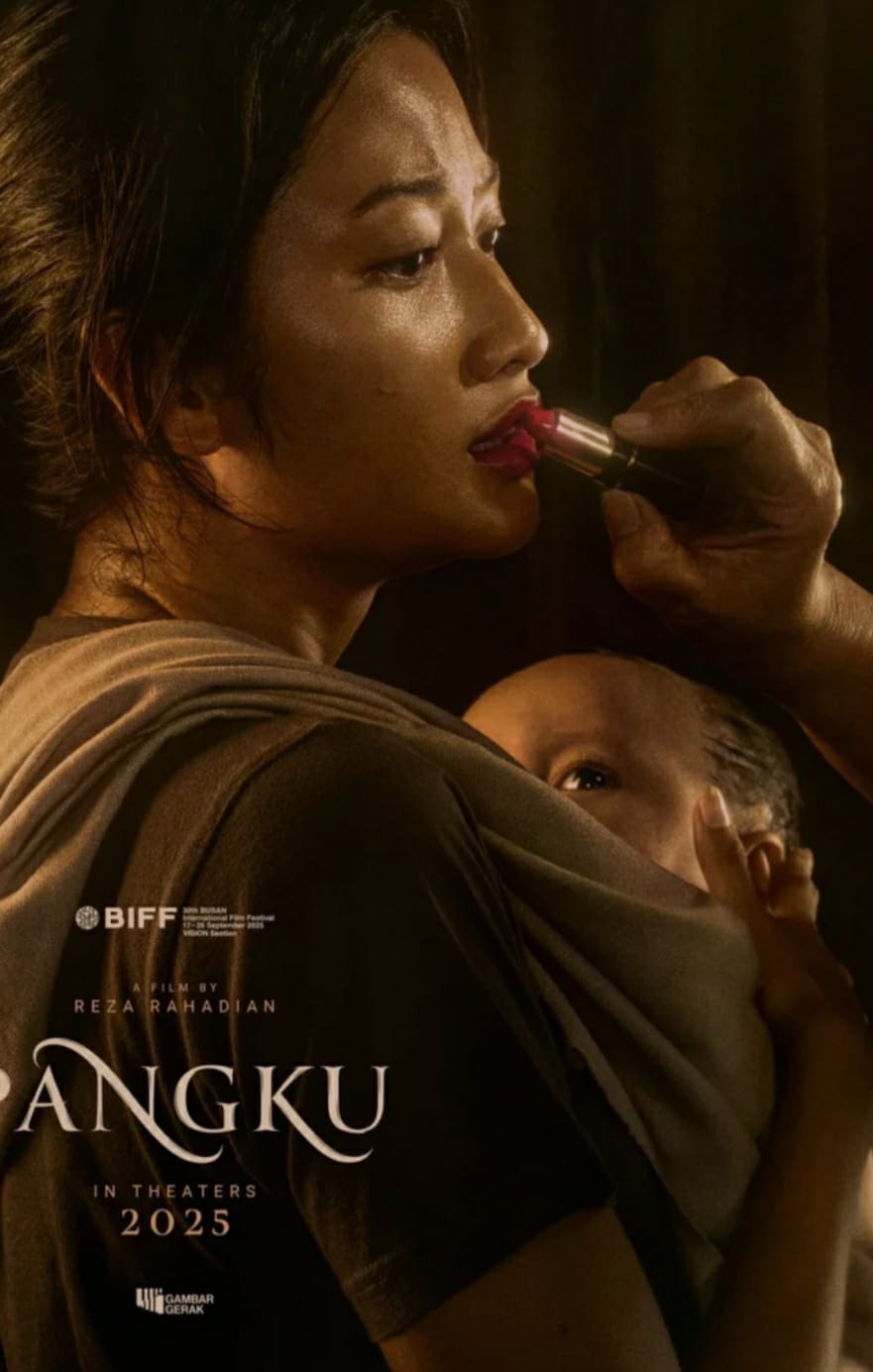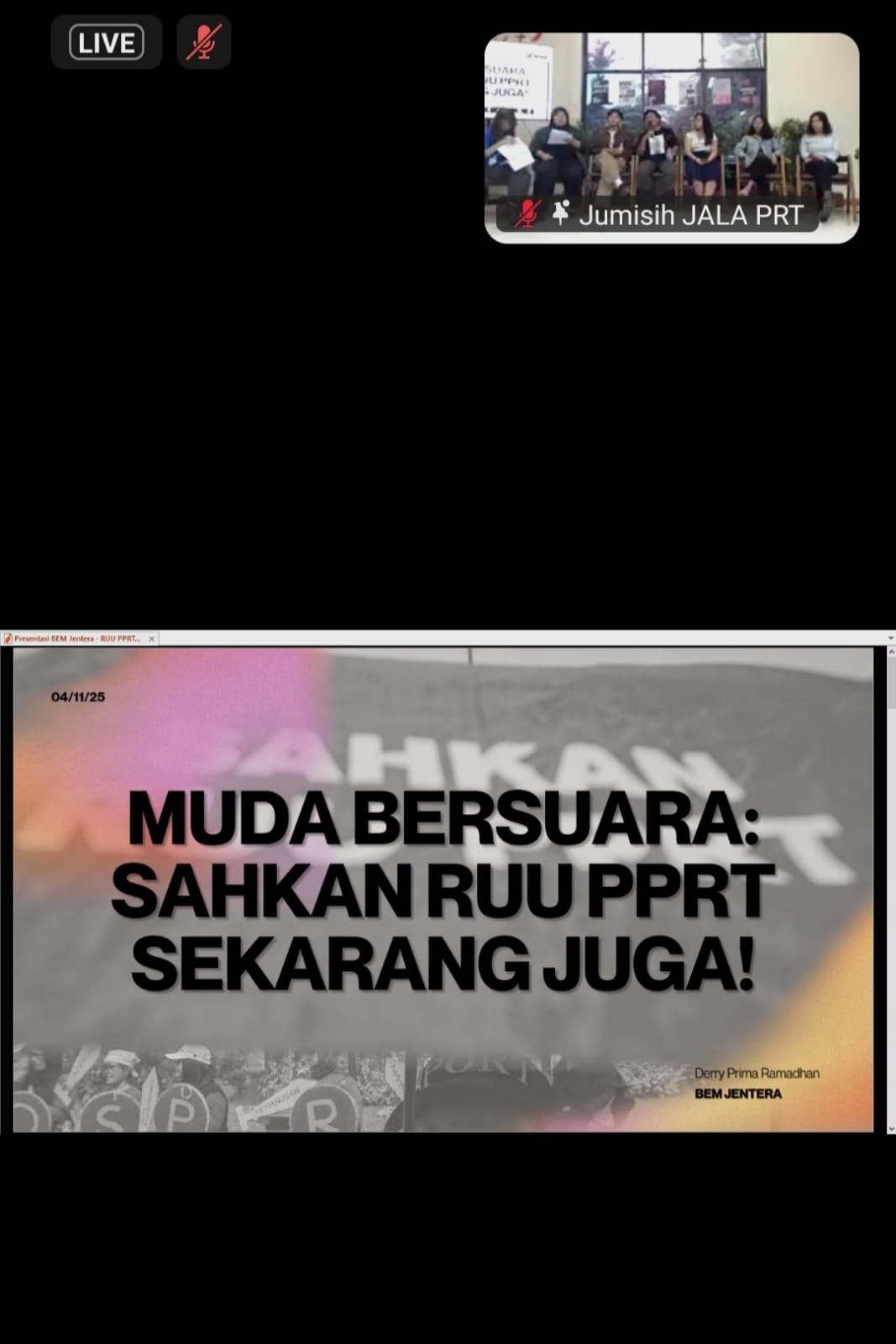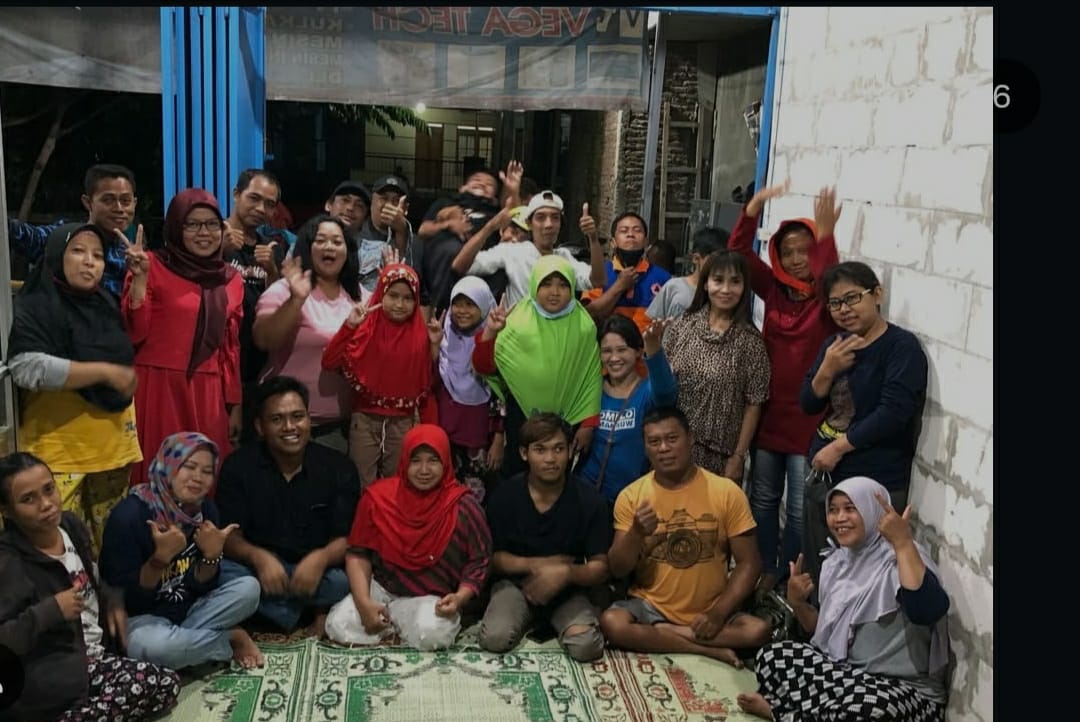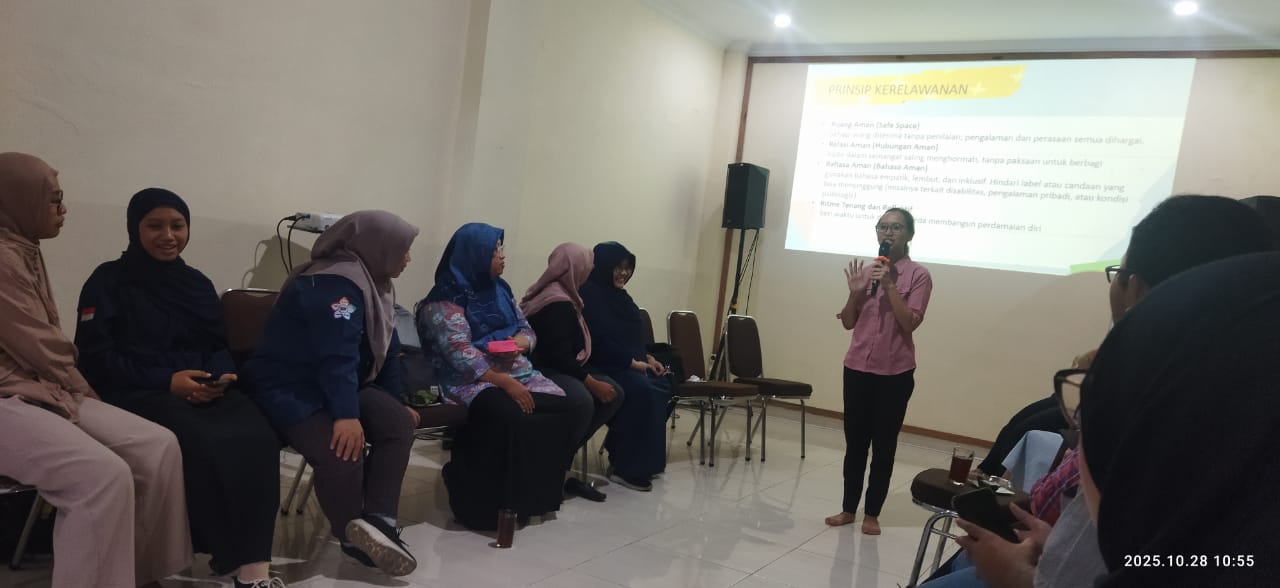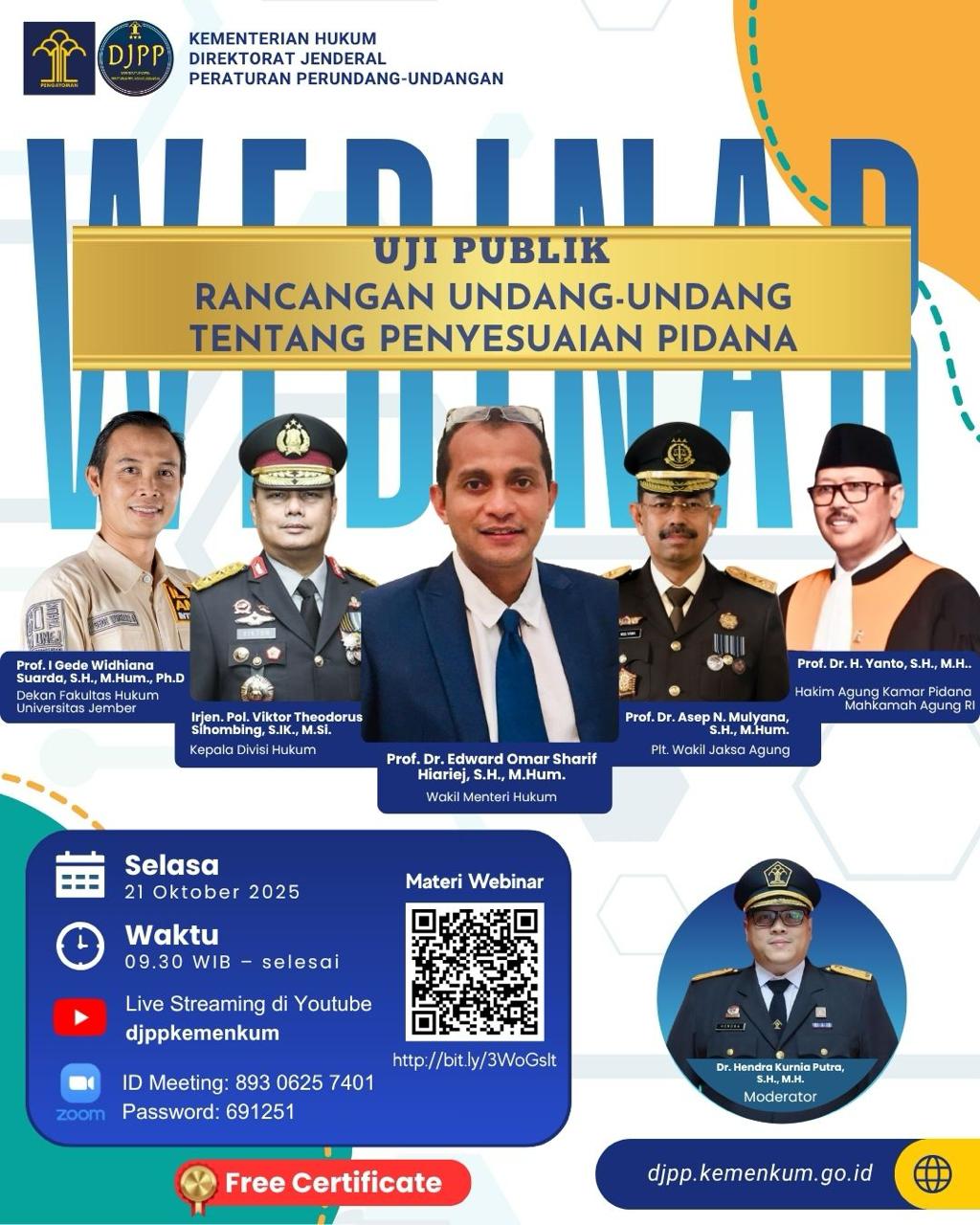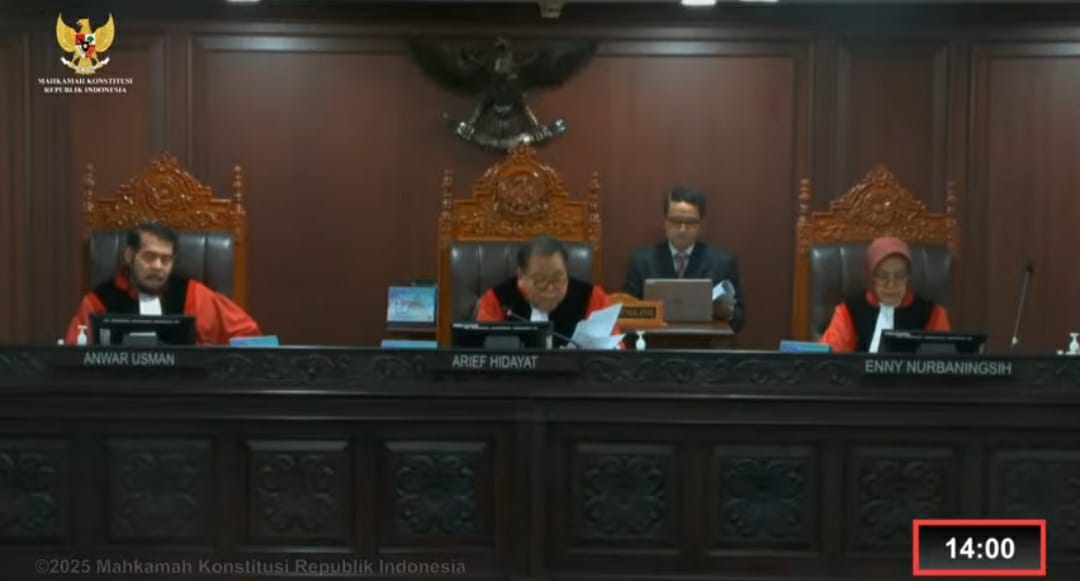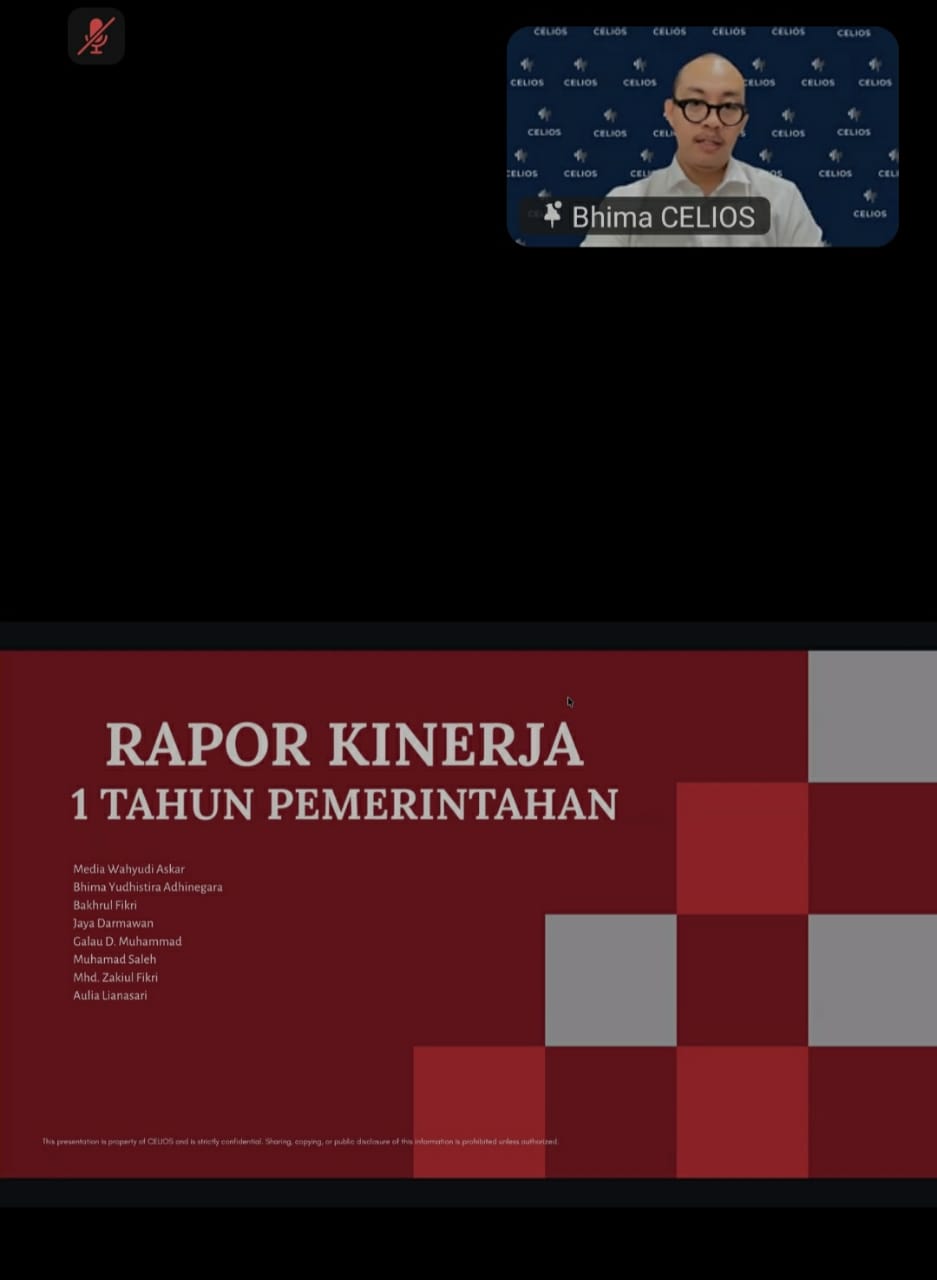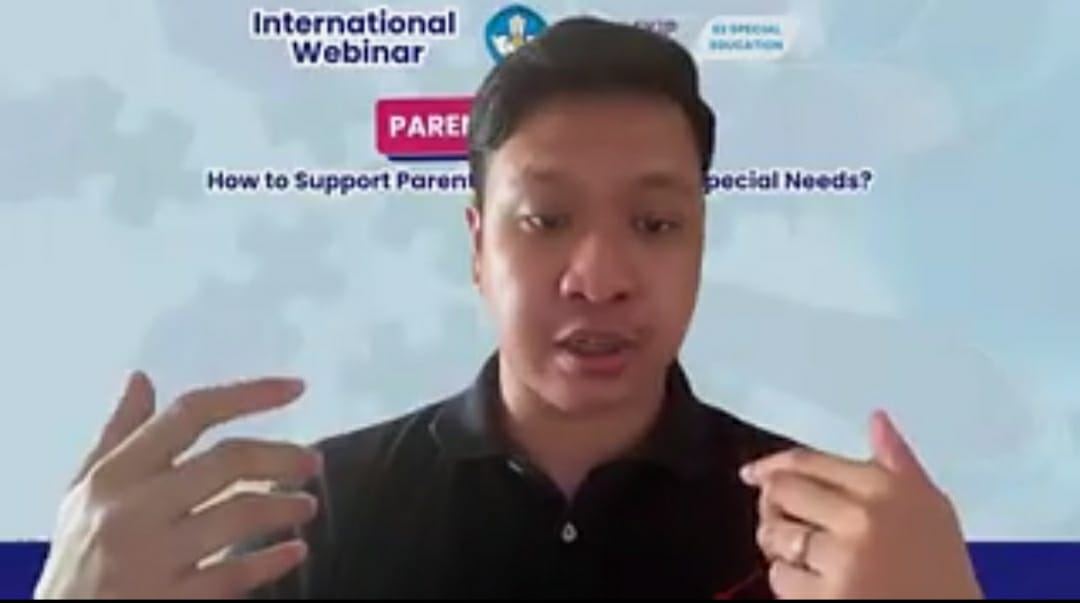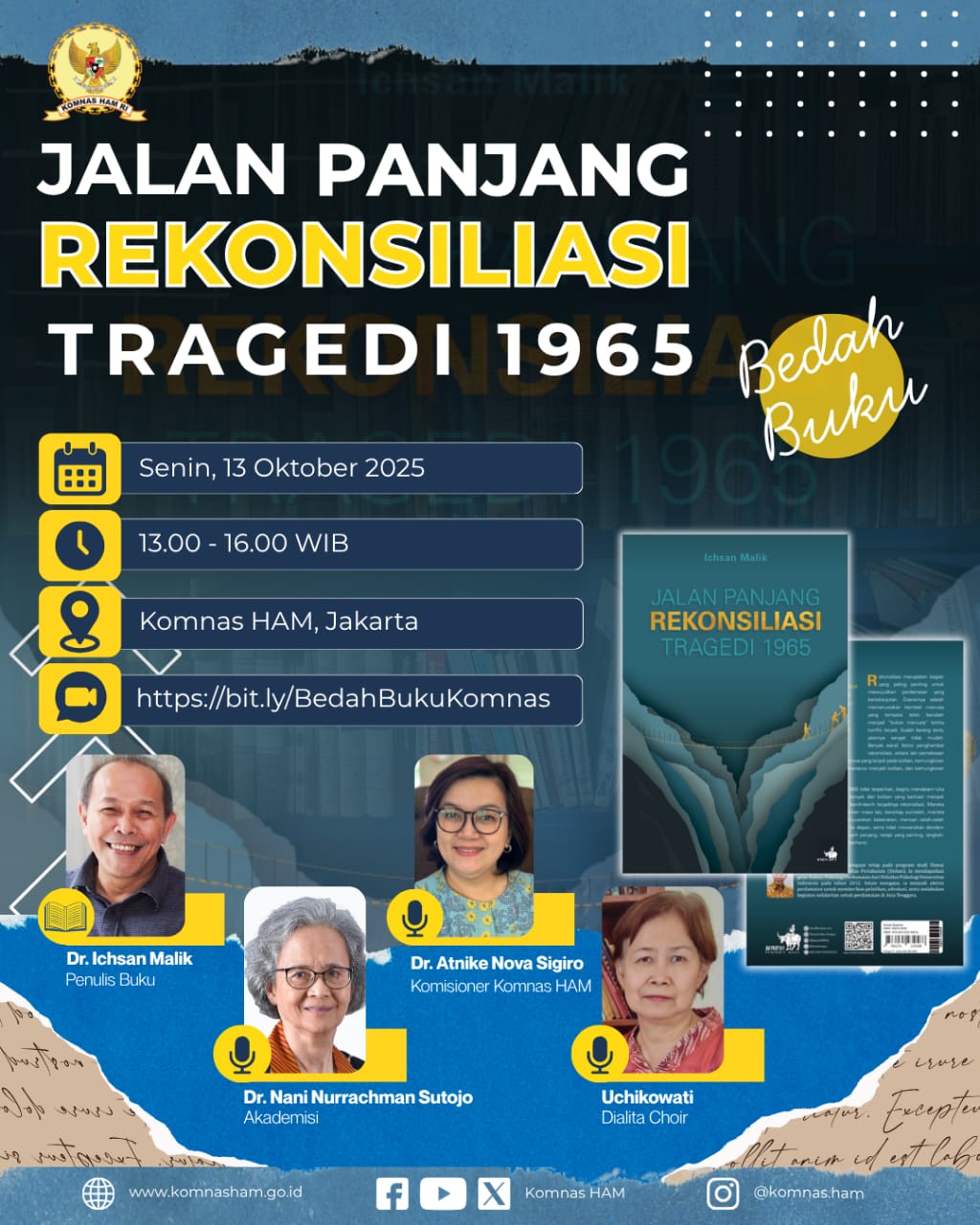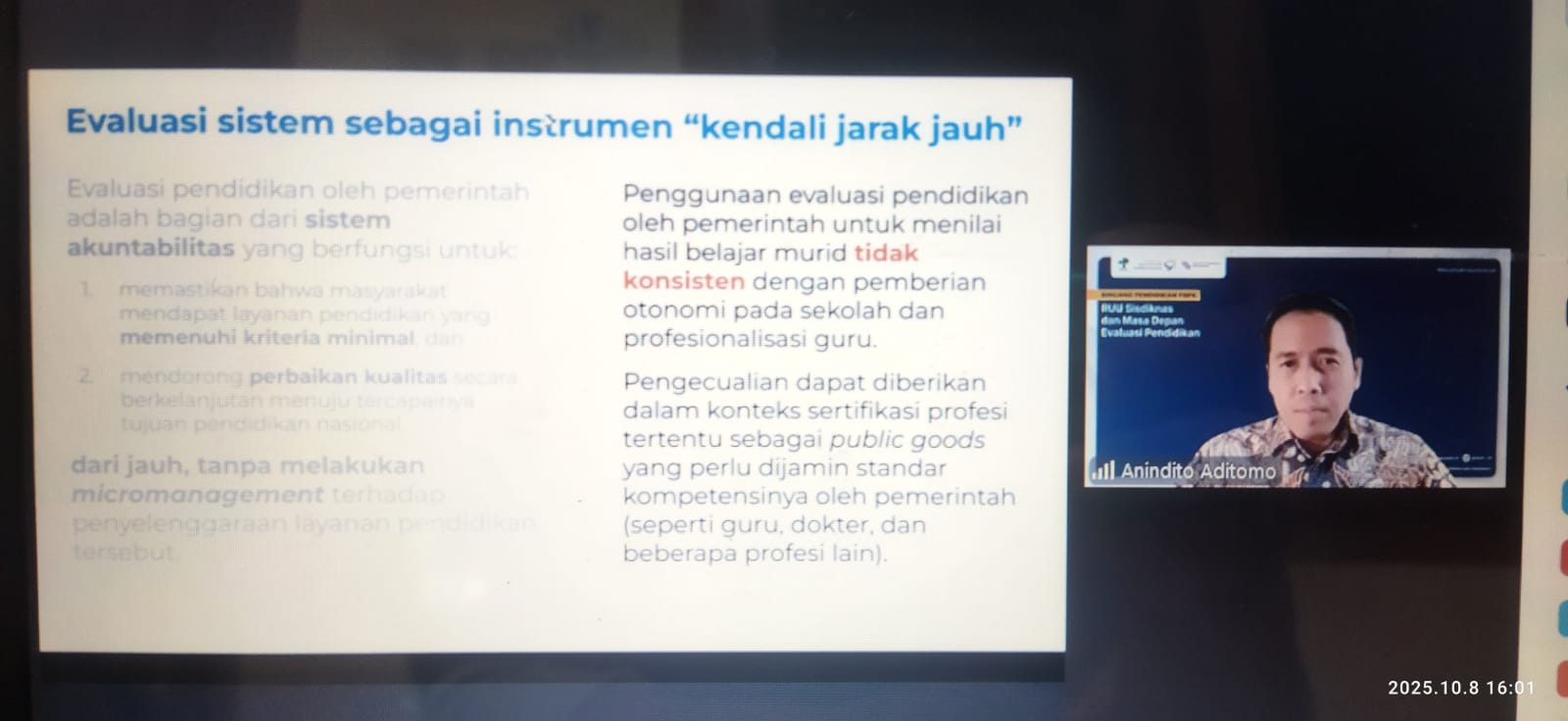An important discussion on Gender Transformative Approach (GTA) in Disaster Risk Reduction took place at Bappeda (District Planning Board) office in Mojokerto, Thursday (2/10). The discussion initiated by the UN Women, ActionAid, Oxfam, a number of humanitarian organisations, and other civil society organisations highlighted that gender perspective integration into disaster management had to shift from simply responding to different needs to just and inclusive structural transformation for all.
Representatives from a number of organisations such as Yulies Puspitaningtyas (UN Women), Fitri Riyanti (Cahaya Tangguh Women Group or Kelompok Perempuan Cahaya Tangguh), Rachmawati Husein (AP-KI/Unsur Pengarah BNPB), Maria Lauranti (Oxfam in Indonesia), and a number of disability activists were present.
From Gender Sensitive to Gender Transformative
Yulies Puspitaningtyas from the UN Women stated that gender integration had to go beyond gender sensitive or gender responsive. Gender Transformative Approach explicitly aimed to improve gender equality, eliminate structural challenges, and empower vulnerable population.
"The multi-dimensional approach focused on ways to address legal, policy, system and service challenges, and promote more just resource allocation," said Yulies. Meanwhile, feminist approach by UN Women emphasised three key issues: promote changes in power relations, address structural imbalance, and position women as leaders in resilient development.
Gender Transformative Approach constituted a deliberate and systematic change process to eliminate gender-based injustices, by focusing on structural changes (roles in leadership), norms (eliminate discriminatory stereotypes), and practices (inclusive and solidarity education).
Challenges in Implementation and Symbolic Involvement
Rachmawati Husein from AP-KI/BNPB highlighted that field implementation faced significant challenges. Despite the introduction of gender equality concept and social inclusion (GEDSI), policy transfer from national to local governments remained weak.
"The key point of the discussion is shift from mere symbolic equality towards structural changes in power relations," said Rachmawati. Women’s involvement in the United Nations’ forum often was mere symbolic — only to meet the formal quota without getting strategic and influential decision-making positions. This led to gender unresponsive planning and budgeting, as evidenced by the lack of consideration towards specific women’s situations, such as limited access to information about disasters.
Women and Vulnerable Groups in Urban Humanitarian Spaces
Fitri Riyanti and Maria Lauranti highlighted the specific challenges in urban setting and after disasters. Fitri Riyanti emphasised the urban discrepancy – urbanisation-related economic growth created access gaps in social aid, supports for small-scale businesses, and information for local women and other high-risk groups, such as women with disability. Public infrastructure was not fully gender-friendly and disability-friendly (i.e. absence of lactation rooms, not-well separated toilets).
With regards to post-disaster gender-based violence, Maria Lauranti from Oxfam emphasised that disaster aggravated the situation, and triggered jumps in gender-based violence, including sexual violence and exploitation. For this reason, prevention of gender-based violence had to be integrated into mitigation up to recovery. Oxfam practiced this by channeling the majority of post-disaster funds to local women’s organisations and disability networks, such as LBH APIK in Central Sulawesi and SAPDA.
Forward Strategy: Twin-Track Approach and Data-based Advocacy
The discussion agreed that transformation required multi-level and sustainable strategy:
- Twin-Track Approach: Intervention had to start from the structural (policy and institutions) and cultural (awareness and discussion at grassroots level) in order to affect changes.
- Data Consolidation: Use of Household Data House or gender- and disability-disaggregated data became key to accurate needs analysis and measurable program proposal into development plan forum.
- Leadership and Capacity: Promote Capacity Strengthening and Women’s Leadership in strategic disaster risk reduction position, and involvement of men and children as allies to address masculinity patriarchy.
- Institutionalising Inclusion: Create new spaces such as Inclusive Preparedness Village that integrated inter-sectional perspective — integrating needs of people with disability, elderly, children, and minority groups into all disaster risk reduction sectors.
- Sustainable Advocacy: critical need for people to link grassroots stories to high-level policy advocacy, and ensuring gender-responsive budget allocation for mitigation, preparedness, and post-disaster recovery.
The discussion led to a conclusion that to achieve a just resilient village or city necessitated fundamental paradigm shift, where gender equality and social inclusion was primary goal of all disaster risk reduction intervention, not just a ere addition. "If we want resilient village, then it should be resilient for all. Men and women sit together as equal," said a facilitator leader. (Vera)




